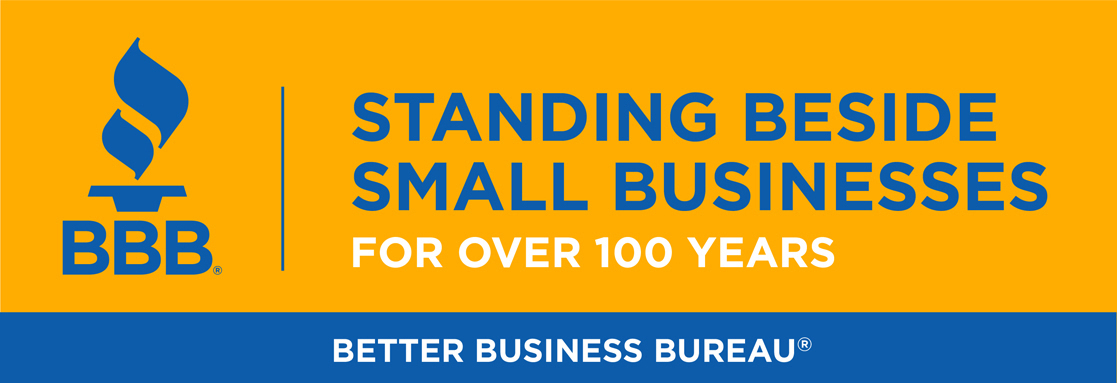Peer-to-peer (P2P) payment apps like Venmo, PayPal, Zelle or CashApp are a convenient way to split checks, pay rent or purchase from small businesses. However, scammers are finding creative ways to get money from users.
Unlike more traditional banking services, P2P payment apps are less likely to provide reimbursement for fraud – making the risk higher for consumers.
Scammers may make a purchase with a stolen or fraudulent credit card or, since payments on some apps take a few days to process, they may cancel a payment after receiving a purchased item. These methods leave the victim without their item and without the payment. Scams can also work the other way around: A scammer may claim to be selling an item that doesn’t exist and ask for payment up front via the app.
In another scam, spoofed messages or stolen credit cards are used to convince somone that they were accidentally paid more than owed. Well-meaning people will lose money by “returning” the payment to the scammer. Scammers may also impersonate accounts that are friends with a user and make fraudulent requests for payment.
BBB recommends you use a payment app like you would cash – be cautious about where you send payments, as it may be difficult to get your money back if something goes wrong.
BBB’s tips for using P2P payment apps safely:
• Send money to people you know and trust. It’s best to use these apps with people you know in real life or whose identity you can verify somewhere other than the payment app.
• Link to a credit card. While it can be difficult to get your money back from a scammer, linking your payment app account to a credit card may give you more protection.
• Check your credit card account after a payment. Make sure the payment was processed for the correct amount by checking your linked credit card account after you pay. Remember that app payments can take a few days to process, so it might be a bit before it shows up in your account.
• Use extra security on your account and devices. Use the settings menu in your phone and in the payment app itself to turn on extra protection, such as multi-factor authentication, requiring a PIN, or using fingerprint or facial recognition like Touch ID and Face ID.
• Check the recipient’s username and photo before you send money. If you get an unusual request (for a lot of money, for an odd reason, etc.), contact the sender via another method to make sure it’s legitimate.
• When in doubt, pay another way. If something feels off, use another method or reconsider the purchase. It’s common for small businesses to use P2P apps – but if a seller says they can only accept P2P apps, it could be cause for concern, especially when combined with other red flags.




Facebook Comments